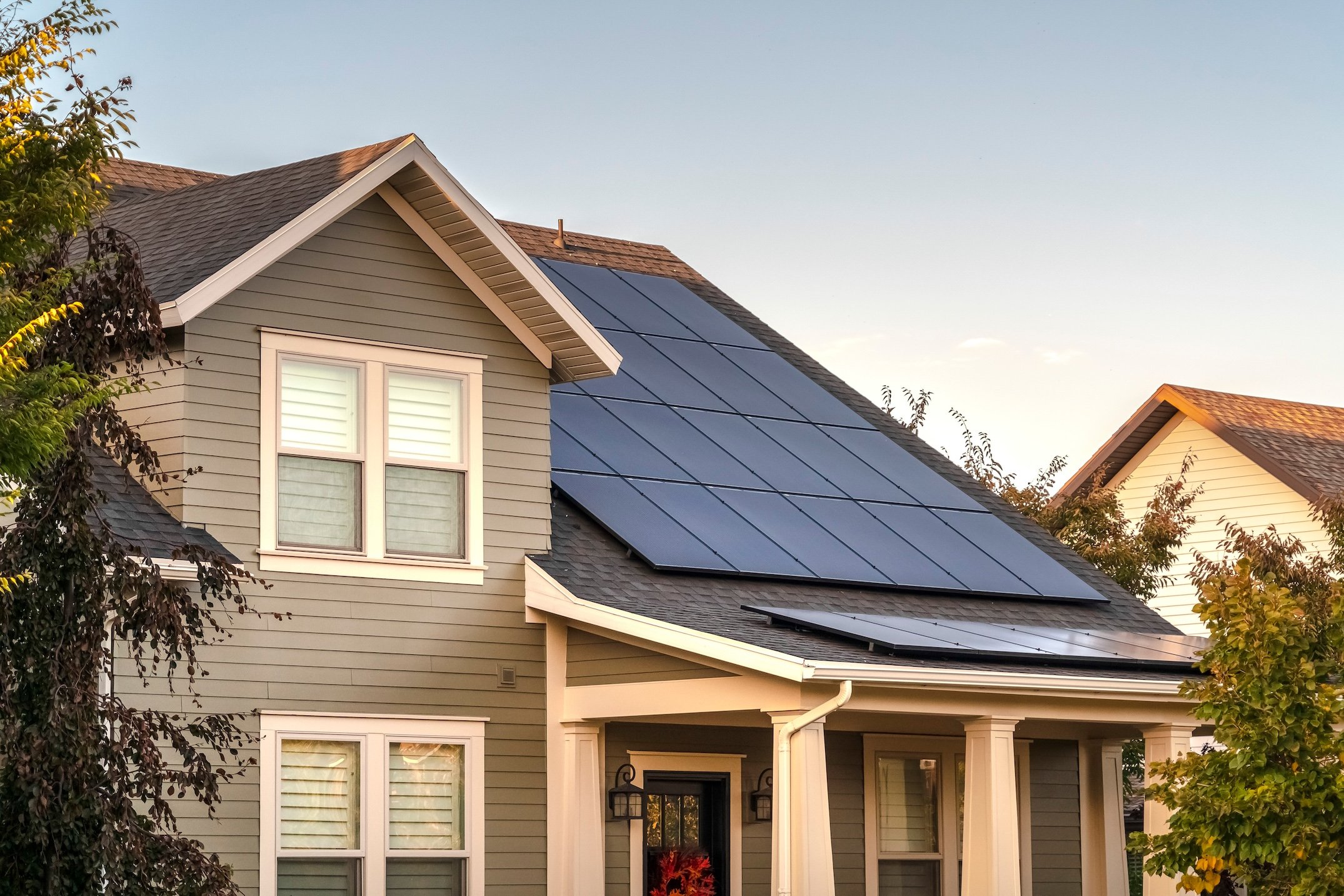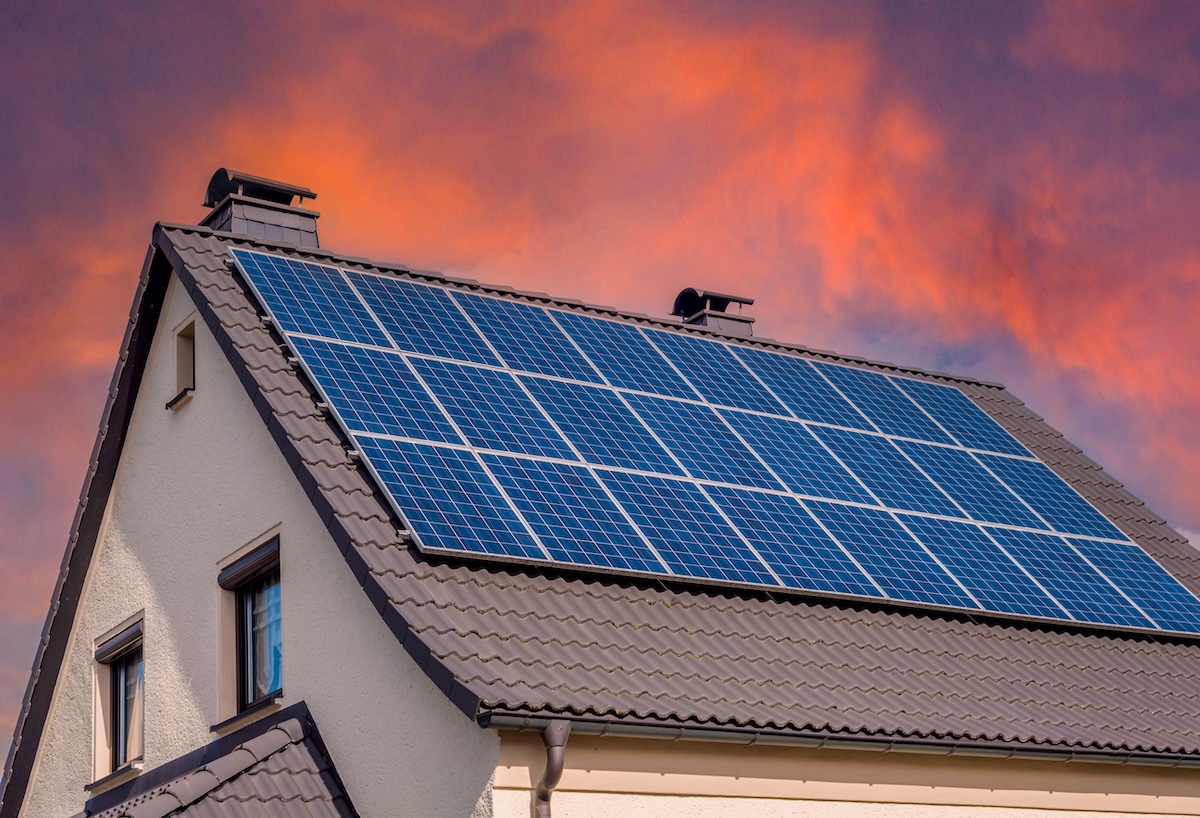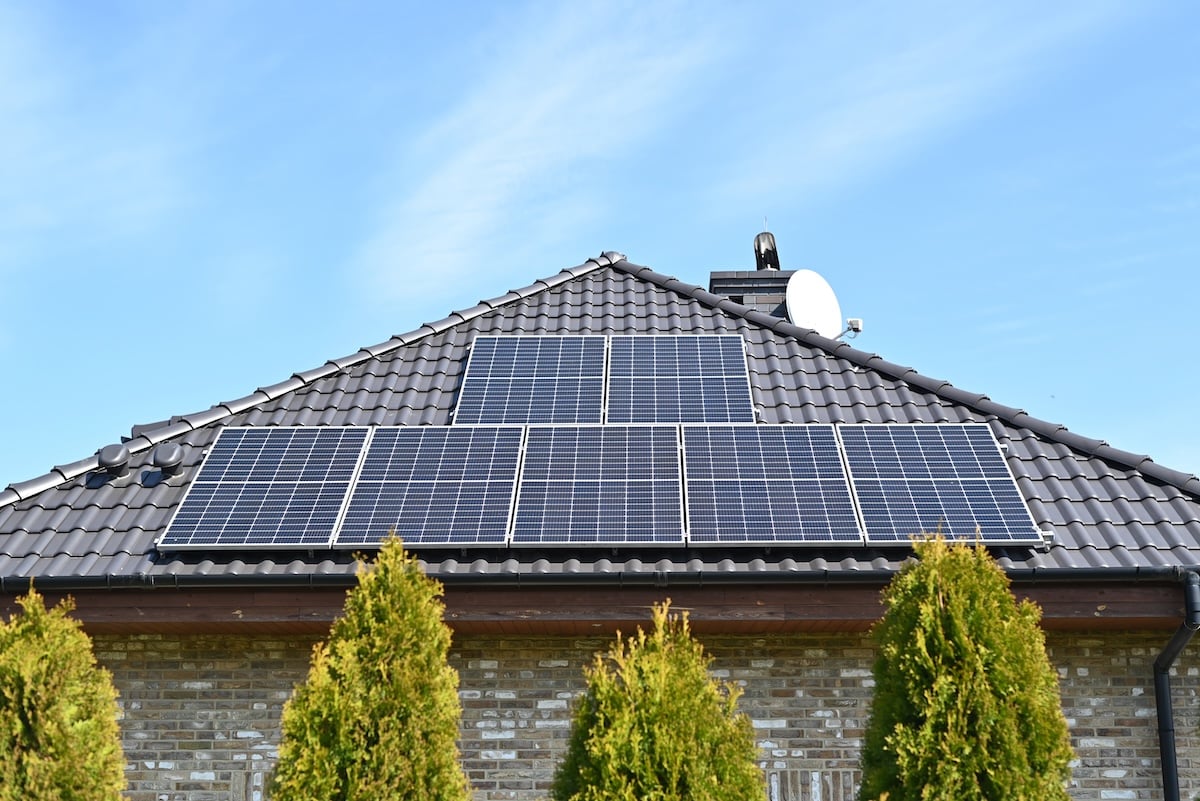Granular Loss On Roof? Here’s How To Address It
8 Min Read
POSTED 17.06.2025
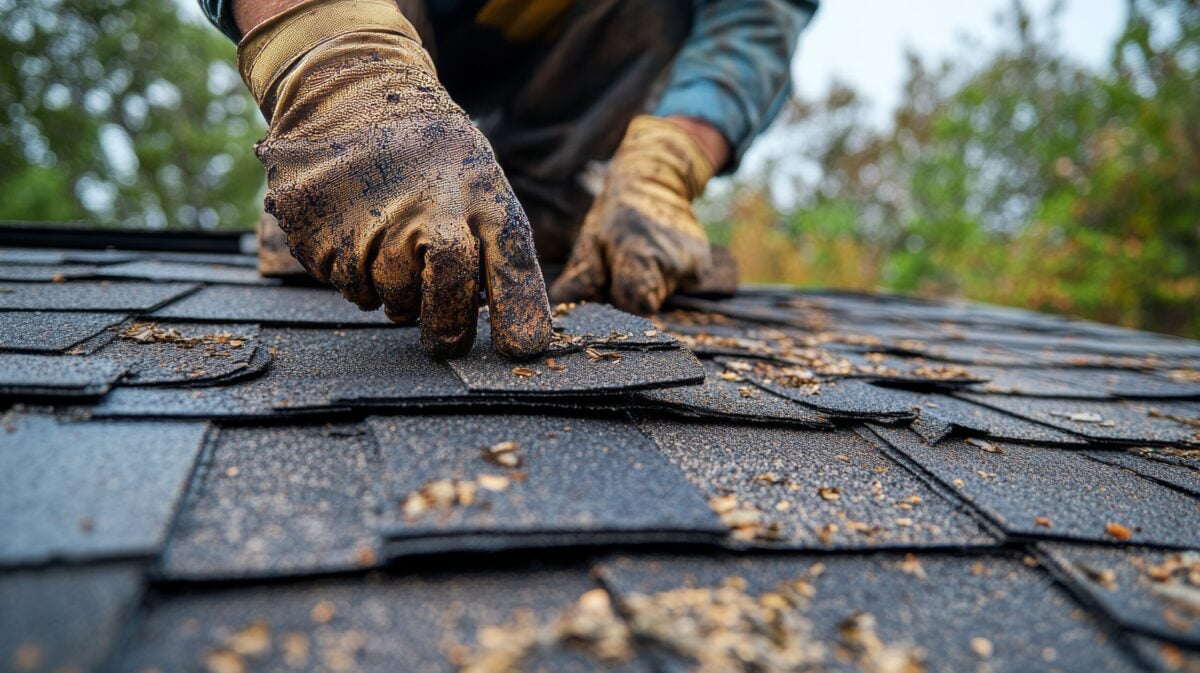
If you’ve noticed tiny granules accumulating in your gutters or around the base of your home, you might be dealing with granular loss on roof. Homeowners may also notice excessive granule loss, which should prompt a thorough inspection to assess the extent of the issue. While it’s often dismissed as a cosmetic issue, granular loss can actually signal larger problems that may impact your roof’s effectiveness.
This guide will help you understand what granular loss is, why it matters, and how you can address it effectively. Here’s what we’ll cover:
- What is granular loss on a roof?
- 6 steps to address granular loss on your roof
- The risks of ignoring granular loss, and how addressing it early can help prevent further damage to your roof
🤔 What Is Granular Loss on Asphalt Shingles?
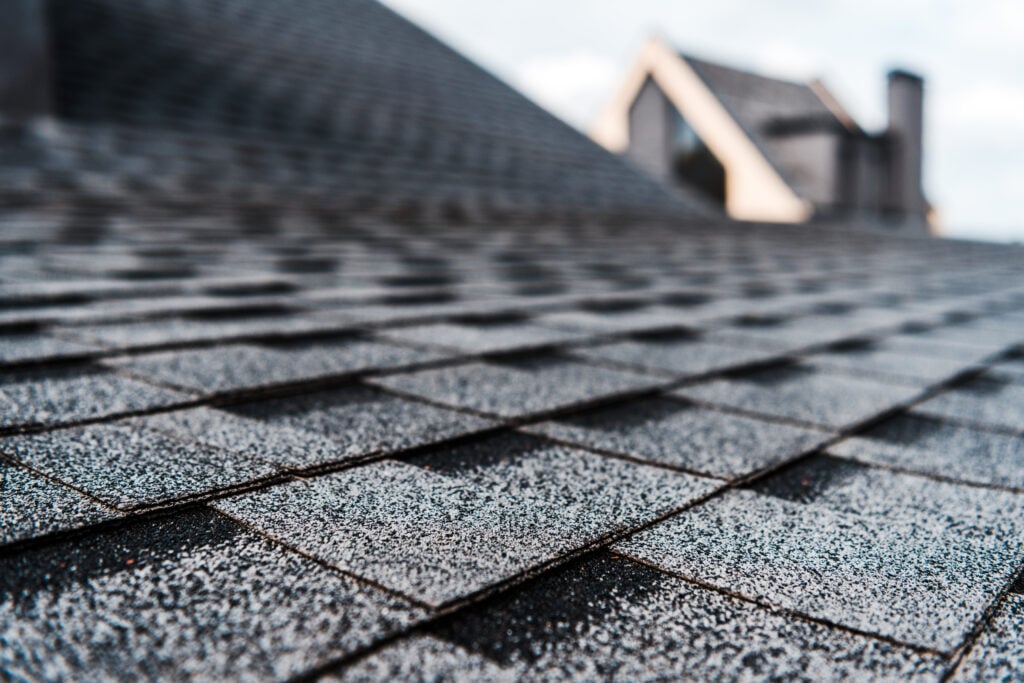
Roof shingles are coated with tiny mineral granules that protect them from harmful UV rays and provide an extra layer of durability. The roof surface of an asphalt shingle roof is shielded by these granules, which play a crucial role in protecting the underlying material. Over time, these granules may start to wear down or detach, leading to what’s known as granular loss.
You’ll often spot evidence of granular loss in gutters, downspouts, or rainwater runoff. Roofing materials, particularly asphalt shingles, can lose granules for a variety of reasons, including weather exposure and aging. As the roof’s age increases, the roof’s integrity can be compromised due to granule loss.
What Causes Granular Loss?
Several factors can contribute to granular loss. Knowing the root cause can help you determine whether it’s a serious issue or just typical wear and tear.
- As older roofs age, asphalt shingles naturally lose granules, especially as the roof ages and nears the end of its lifespan (typically 15-20 years). Prolonged exposure to sunlight and UV rays can accelerate this process.
- Harsh weather and severe weather conditions—including high winds, hail damage, heavy rain, extreme temperatures, and other environmental factors—can wear down shingles and strip away their protective granules. After such events, inspections are important to assess potential damage.
- Foot traffic, such as walking on the roof for DIY repairs, can loosen granules or crush them, leaving shingles exposed to damage.
- Improper installation of roofing material, such as incorrect nailing or inadequate adhesives, can lead to early granular loss and weaken the roof’s structural integrity.
- Manufacturing defects in the roofing material, such as issues during the manufacturing process, can cause premature granule loss. Inspect shingles for abnormal granule shedding, which may be covered under warranty.
The granules themselves are made from crushed stone and are embedded into the shingles during the manufacturing process to provide color, texture, and protection.
✅ 6 Steps to Address Granular Loss On Your Roof
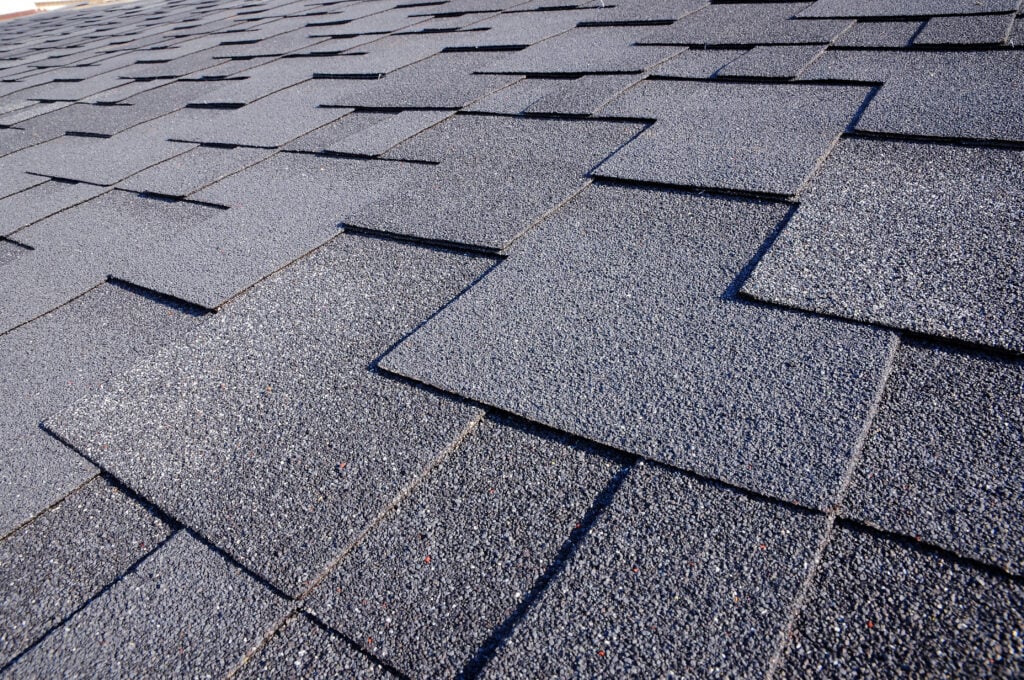
If you’re ready to tackle granular loss, here’s a clear, step-by-step approach:
1. Inspect and Document
The first step to addressing granular loss is careful inspection. To identify granular loss, look for bald spots, missing granules, or loose granules on the roof surface. Take a close look at your roof and note down any areas where you see signs of granules accumulating, such as in your gutters, near downspouts, or scattered around your property. Noticing excessive granule loss or losing granules in gutters may indicate a more serious issue. Check for areas on your roof where shingles look bare, worn, or uneven, as these may be signs of bald spots or missing granules. Assess how much granule loss is present to determine if professional help is needed. Document these observations with photos or notes to track the extent of the damage and identify problem spots.
2. Clean the Roof and Gutters
Debris like leaves, branches, and pine needles can worsen roof damage and clog your gutters, leading to drainage issues. Homeowners should also trim overhanging branches to prevent debris from accumulating on the roof and causing additional granular loss. Before addressing granular loss, thoroughly clean your roof and gutters to remove this buildup. Clearing the debris will also give you a better view of the affected areas. Be sure to take safety precautions, such as using a sturdy ladder and enlisting help if needed.
3. Check for Additional Damage
Granular loss is often accompanied by other roof issues, so it’s crucial to perform a detailed inspection for additional damage. Check for physical damage, such as dents or punctures from debris, which can dislodge shingles and lead to further problems. Look for cracked, curling, or missing shingles, as these could indicate a more widespread problem. Pay attention to areas around vents, skylights, or chimneys where damage might be more likely due to higher exposure to the elements. Loss of granules can expose the underlying material or underlying layers of the roof, compromising the protective layer that shields against UV rays and weathering. If you find extensive damage, professional repairs or even replacement may be necessary. Identifying all issues now will help you plan the necessary repairs.
4. Apply a Roof Sealant
For minor granular loss, applying a high-quality roof sealant is an effective way to repair granular loss and prevent further granule loss. A sealant helps protect the surface of your shingles, preventing further deterioration and extending their lifespan. Prompt repairs are essential to maintain your roof’s durability and avoid more extensive damage. Make sure to choose a sealant that matches the specific type of shingles on your roof and follow the manufacturer’s instructions for proper application to ensure optimal results.
5. Replace Affected Shingles
If the granular loss is severe, or if you notice significant granule loss or widespread shingle granule loss, roof replacement may be necessary. In some cases, asphalt shingle granule loss can be addressed with roof repair, but when the damage is extensive, a full roof replacement is required to maintain your home’s protection. Carefully remove the affected shingles and replace them with high-quality alternatives that match your roof’s style and color. Proper installation is key to ensuring durability and maintaining the structural integrity of your roof, so if you’re unsure, consider hiring a professional to handle this step.
6. Schedule a Professional Inspection
Granular loss can sometimes indicate underlying issues that aren’t visible to the untrained eye, such as problems with your roof’s structure or ventilation. To ensure there aren’t any hidden problems, schedule a comprehensive inspection with a roofing professional or professional roofer, such as Badgerland Exteriors. Hiring a reputable roofer or experienced roofing contractor for regular roof inspections helps identify and address issues early, maintaining your roof’s durability and preventing costly repairs. Roofing professionals can provide expert advice, ensure proper maintenance, and offer solutions tailored to your roof’s needs. A professional inspection will give you peace of mind and help prevent future issues from escalating.
👉 The Risks of Ignoring Granular Loss
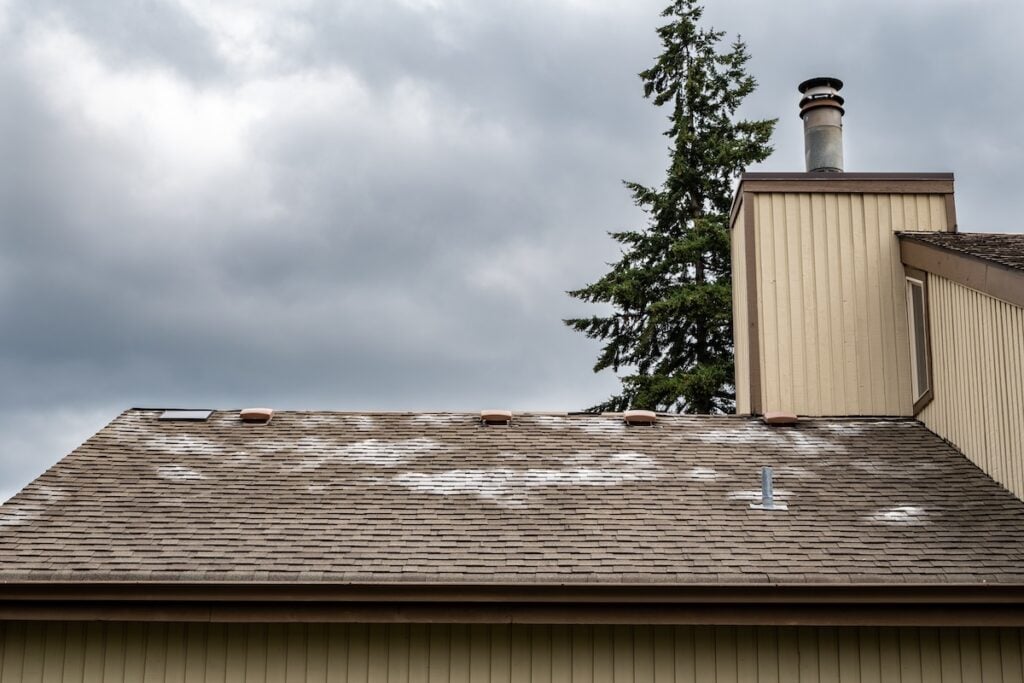
Granular loss might seem minor, but its effects can escalate if left unchecked. Ignoring granular loss can result in further damage, potentially leading to extensive damage and costly repairs. Homeowners should seek appropriate solutions and, if the damage is severe, consider filing an insurance claim. Proactive measures are essential for maintaining a healthy roof and preventing these issues from worsening. Here’s why addressing the issue matters:
Reduced Roof Durability
Asphalt roofs and older roofs are particularly vulnerable to reduced durability from granule loss. Granules are essential for protecting shingles from wear and tear. Without them, shingles become more fragile and deteriorate much faster. Roofs with significant granule loss may require earlier replacement, as their integrity is compromised and they are more susceptible to further damage. This can lead to costly repairs or even the need to replace your entire roof sooner than expected.
UV Damage
Granules act as a shield against harmful UV rays from the sun. Prolonged exposure to sunlight can degrade the roof surface and accelerate granule loss, making shingles more vulnerable to damage. When granules are missing, shingles are exposed to prolonged sunlight, which can cause them to crack, curl, or warp. Over time, this damage weakens the overall structure of your roof, reducing its lifespan.
Leaks and Moisture Damage
Granules play a critical role in maintaining your roof’s waterproofing properties. When they are lost, the shingles can no longer repel water as effectively, increasing the risk of leaks. When granules are lost, water can reach the underlying layers and underlying material, further increasing the risk of leaks and damage. Moisture can seep into the underlying structure, leading to water damage, mold growth, and compromised structural integrity.
Higher Energy Costs
Granules help reflect sunlight and keep your roof cooler. A roof with significant granular loss can absorb more heat, making your home less energy efficient. This often results in higher cooling bills, especially during warmer months, as your HVAC system works harder to maintain a comfortable indoor temperature.
🏠 Granular Loss on a Roof
Granular loss can significantly impact the lifespan and performance of your roof, but with the right team by your side, you can address the issue quickly and effectively. At Badgerland Exteriors, we combine expertise, efficiency, and a customer-first approach to ensure your roof gets the care it needs.
Whether you’re dealing with minor repairs or considering a full replacement, our team is here to guide you every step of the way. Don’t wait—protect your home and schedule a free roof inspection with us today!
Let’s Get Started
Fix Your Roof the Badger Way
Got a question? Want to learn more about your options when it comes to caring for your home exterior? Our team is standing by with the information you need to start you roof replacement project today!

